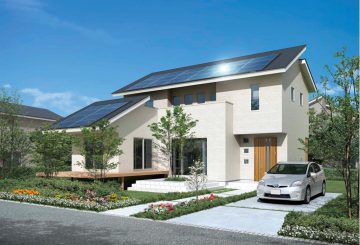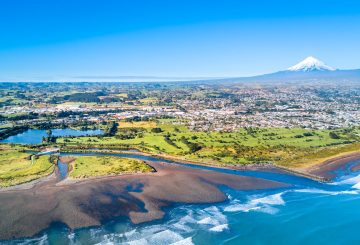労働党と国民党は、住宅供給問題を解決するため、協力することに合意しました。
本日、ミーガン・ウッズ住宅担当相とデービッド・パーカー環境相は、野党(国民党)党首のジュディス・コリンズ氏とともに、10年以内に105,500戸の住宅を新たに建設することを可能にする、住宅供給法案を発表しました。
この法案の最大の特徴は、3階建てまでの住宅であれば、開発許可(資源利用承認とも)がなくても敷地内に建設できることです。
「1月、私は首相に手紙を書き、国民党と労働党が超党派で住宅危機の緊急解決に取り組むことを提案しました」と国民党党首は述べています。「その時も言いましたが、ニュージーランドの開発許可プロセスは、住宅を増やすことを難しくしています。」
コリンズ氏によると、4月に彼女は「地方自治体に新しい住宅用のスペースをより多く確保することを義務付ける法案を提出し、集約化や緑地開発などによる新しい住宅の建設を希望する者の同意要件を大幅に削減した」と述べています。
2ヵ月後の6月には、住宅大臣と環境大臣から、「住宅供給を増やすという私の提案にはメリットがある」という旨の返答がありました。
「2人(大臣たち)は、都市部における新築住宅の大幅な増加を可能にする政策の、さらなる発展に向けた国民党の貢献を歓迎してくれました」とコリンズ氏は語っています。
「この法案は、都市計画担当者から権限を奪い、彼らが仕える人々に権限を返すものです。この法案によって、さまざまなライフステージの人々に適した、さまざまなタイプの住宅を持てるようになり、都市の発展と成長を可能にします」と国民党の住宅担当広報官、ニコラ・ウィリス(Nicola Willis)氏は述べています。
パーカーは氏は、新しい「中密度住宅基準(MDRS)」により、土地所有者は開発許可を必要とせずに、ほとんどの敷地において最大被覆率50%まで、最大3階建ての住宅を建てることができるようになると述べました。
今回の発表は、何十年にもわたって続いてきたニュージーランドの住宅危機のこう着状態を終わらせるものです。






























































